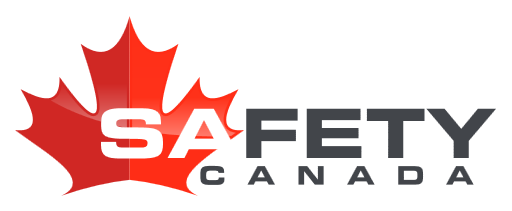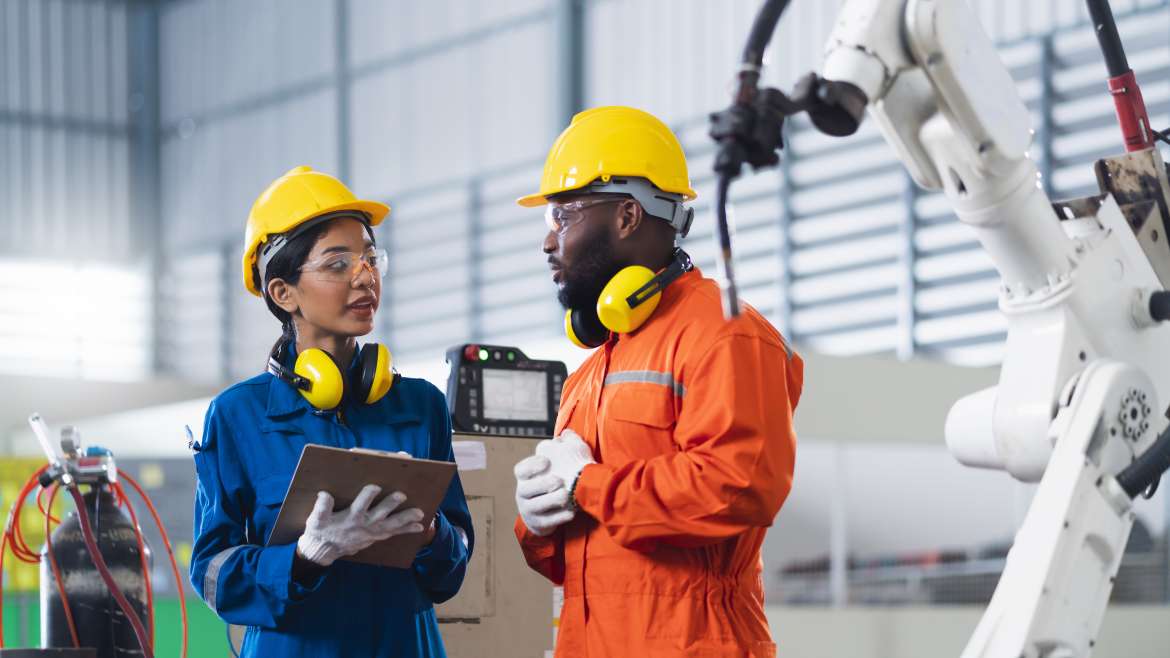Why do I need a safety program?
Safety programs are designed to give workers the skills and tools they need to avoid worksite accidents. Without a safety program in place, mitigating accidents becomes a game of luck rather than a strategic plan. Employee safety should be a top priority and safety programs are a fantastic tool to help keep you and your team safe.
The first step in creating a strong safety program is keeping organized and accurate safety records. There are many individuals and moving parts involved in job sites, all of which carry the potential to create an accident. Thinking objectively, what would you rather do? Would you rather work with a company that has a stack of claims for recent accidents or work with a company that has kept an exceptionally clean record for workplace safety? Most people would choose the latter.
Taking a look at some statistics from the Association of Workers’ Compensation Boards in Canada (AWCBC), we can see just how effective workplace safety programs are. From the year 2000 to the year 2019, AWCBC found that the total number of lost-time claims due to injury or work-related illnesses dropped a total of 120,696 people. With 392,502 claims in 2000 and 271,806 claims in 2019, that is a 30.8% decrease in injuries or work-related illnesses.
When creating a safety program for your company, keep in mind not only the policies and procedures that you would like to implement in your business but also the regulations that each business must follow according to your province or state. The Canadian Centre for Occupational Health and Safety (CCOHS) is a fantastic source to use for more information on how to achieve a stellar safety program.
Safety program: Roles and responsibilities:
A strong safety program should have a detailed description of the roles and responsibilities of each individual involved. This section should also include the health and safety committee or representative, health, and safety requirements from local laws and safe work procedures. This list along with a list of safety resources should be made readily available to everyone in the company. If your top priority as a company is worker safety then make that a clear goal. Once you create expectations, in this case, safety expectations and lead by example, everyone else will follow. This creates a safety culture within your organization.
Safety Program: Orientation and Training
Hazards are everywhere and come in many different forms such as biological, physical, ergonomic, and chemical. Employees must be not only aware of these risks but are also trained to handle situations involving these risks. The CCOHS recommends that all workers receive an orientation and have a consistent promotion of health and safety in the workplace, including psychological health and prevention of harassment and violence training. It’s important to note that training should not be generic but should be specifically tailored to each workplace. Each industry has different hazards associated with it and should be accounted for when creating its safety programs.
A good training program ensures that every individual is equipped with the skills and knowledge they require to keep themselves and everyone around them safe. Training programs are not only intended for the use of new hires but should be continually refreshed for long-term employees as well. Safety standards and technologies are constantly changing and require workplaces to have continuous education for their teams.
Safety Program: Hazard Identification
A large part of promoting safety is first of all ensuring that workers are comfortable with talking about safety. “Near misses” while working are not nothing, they should always be recorded. A near miss almost always means that protocol was not being followed as intended and should be brought to the attention of supervisors or safety managers immediately.
With this in mind, safety programs should also cover hazard identification and reporting. This includes having workplace inspections, training on identifying, assessing, and controlling hazards, and investigations into reported incidents.
As a manager or supervisor in charge of workplace safety, it is crucial that incident reporting is met with understanding and not anger or frustration. If an employee doesn’t feel safe reporting incidents then something needs to change. When you don’t feel comfortable discussing accidents or near misses with your supervisors then it is likely that you won’t. This can lead to potential hazards going undocumented and can cause a lot of issues or even injury in the future.
Safety Program: Emergency Protocol
As a company, ideally, you want to have zero accidents, however, accidents do happen all of the time, which is why they are called accidents. Since accidents can happen, you as an employer should ensure that you have clear procedures in place to deal with such incidents. Preparing for emergencies should include a defined emergency plan as well as medical and first aid.
Safety programs are meant as a means of reducing accidents that are hard to avoid while preventing similar incidents in the future. No one enjoys discussing worst-case scenarios, however, this is an effective tool in the process of mitigating these accidents. You will always be less prepared for accidents you don’t think of rather than accidents that are discussed constantly. For example, how many times have you caught on fire? My guess is not very often if at all, however, do you know to stop, drop and roll in this scenario? This is probably because of how often it’s brought up as a safety procedure.
Safety Program: Review
Businesses constantly grow and change therefore safety programs should also continuously grow and change with the company. With new tools and technology, emerging designed to increase efficiency and productivity come new hazards and risks associated with them. If you are not constantly changing and reviewing your safety program, it threatens to become less effective over time.
CCOHS has great recommendations for businesses looking to create or even improve their safety programs. It’s good to incorporate these recommendations into your program, however, ensure that your program also meets all of the requirements for your industry or company. Maintaining a strong safety program requires some work however, the end result is always worth it.




